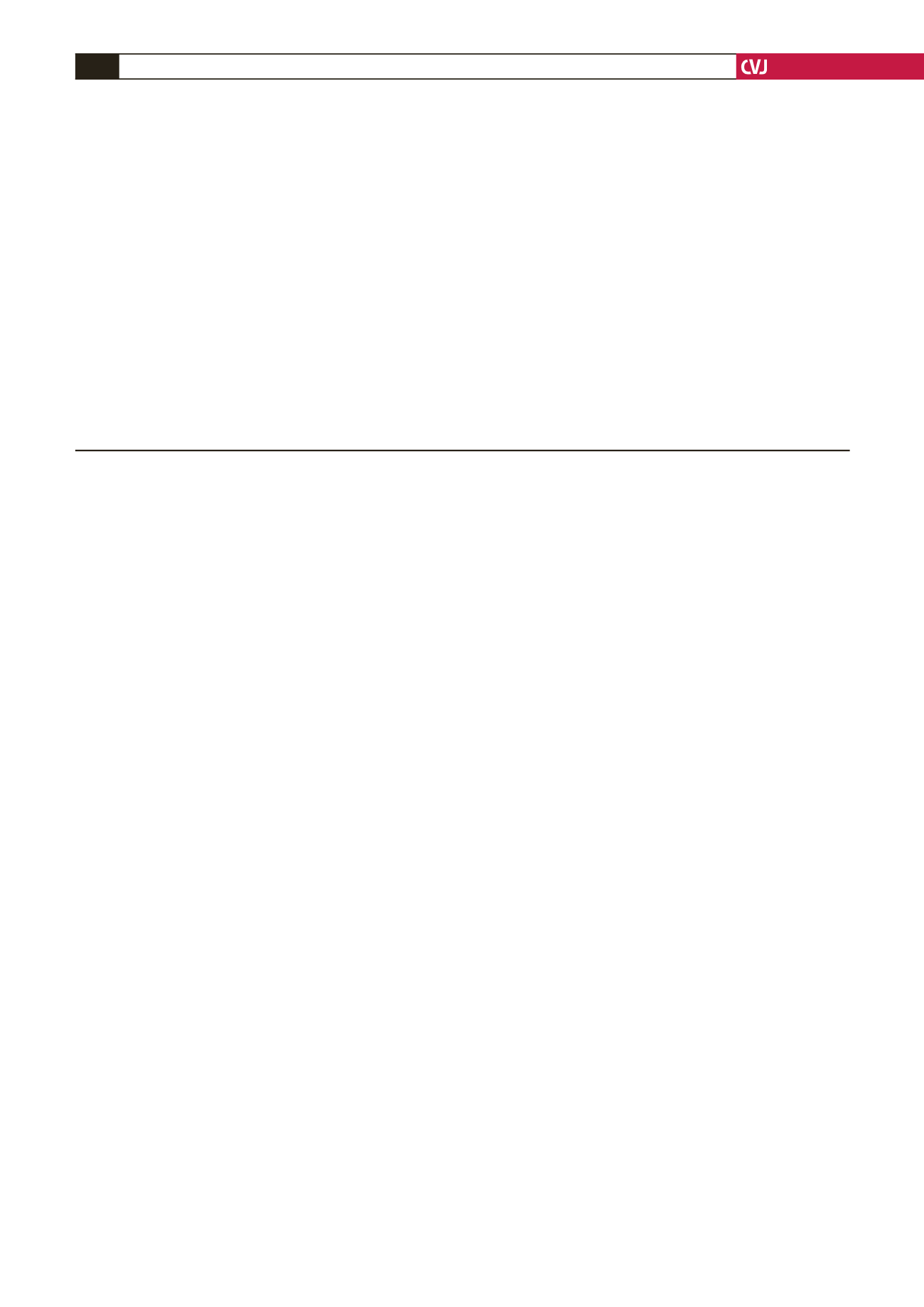

CARDIOVASCULAR JOURNAL OF AFRICA • Volume 31, No 2, March/April 2020
e8
AFRICA
e revisão da literatura.
Radiol Bras
2009;
42
: 407–409.
2.
Topal U, Gebitekin C, Tuncel E. Intrathoracic gossypiboma.
Am J
Roentgenol
2001;
177
: 1485–1486.
3.
Schwartz AL, Nourian MM, Bucher BT. Retained foreign bodies and
associated risk factors and outcomes in pediatric surgical patients.
J
Pediatr Surg
2019;
54
: 640–644.
4.
Schuenemeyer J, Hong Y, Plankey M,
et al
. Foreign body entrapment
during thoracic surgery-time for closed loop communication.
Eur J
Cardiothorac Surg
2017;
51
: 852–855.
5.
Andronic D, Lupa
ş
cu C, Târcoveanu E,
et al
. Gossypiboma – retained
textile foreign body.
Chirurgia
(Bucur) 2010;
105
: 767–777.
6.
Poncelet AJ, Watremez C, Tack D,
et al
. Paracardiac opacity following
inferior- and middle-lobe resection for bronchogenic carcinoma: unsus-
pected diagnosis.
Chest
2005;
128
: 439–441.
7.
Koul P, Mufti S, Khan U,
et al
. Intrathoracic gossypiboma causing
intractable cough.
Interact Cardiovasc Thorac Surg
2012;
14
: 228–230.
8.
Machado DM, Zanett G, Araujo CA,
et al
. Thoracic textilomas: CT
findings.
J Bras Pneumol
2014;
40
: 535–542.
9.
Manzella A, Filho PB, Albuquerque E,
et al
. Imaging of gossypibomas:
pictorial review.
Am J Roentgenol
2009;
193
: S94–101.
10. Gibbs VC, Coakley FD, Reines HD. Preventable errors in the operating
room: retained foreign bodies after surgery – Part I.
Curr Probl Surg
2007;
44
: 281–337.



















